From the October issue of Apollo: preview and subscribe here
Art events are dense in number in London, New York and Hong Kong this month, and none exerts a more powerful global draw than the capital’s Frieze Art Fair. That said, it is the post-war and contemporary auctions that are bound to offer many of Frieze Week’s most hotly contested works. On 16 October, for instance, Christie’s offers Peter Doig’s Cabin Essence of 1993–94.
This is the largest canvas by far of the artist’s celebrated sequence of Concrete Cabins. Executed over some nine years from 1991 and 1999, these paintings represent an extraordinary distillation of his experience of Le Corbusier’s Utopian housing project at Briey-en-Forêt in France. This version of the architect’s Unité d’Habitation opened in 1961, but was abandoned and derelict by 1973. Doig became involved with the restoration of the building in the 1990s, and these images emerged out of photographic stills and a hand-held video camera that he used to capture the experience of his eye moving through the woods and glimpsing the building through a shifting screen of trees. He purposely painted what he could see of the building through the trees rather than painting the structure first, an approach he had recognised in the paintings of Cézanne.
His emotional response to the building seems in part discovery, akin to finding a Shangri-La or modern-day Angkor Thom all but reclaimed by giant banyan trees – but there is an ominous overtone too, as the dark voids of the concrete cabins suggest the sockets of a skull. A rich painting about perception, response and memory, and about pigment itself, this compelling and heavily worked canvas also comes with an impeccable exhibition history. Included in Doig’s Turner Prize exhibition at Tate in 1994, it also took a bow in the travelling retrospectives that began at Tate in 2008, and at the Fondation Beyeler in 2014–15. While it may not set a new auction record for the artist – currently $25.9m – Cabin Essence is likely to soar to a comparable height.
Sotheby’s London’s 15 October Italian Sale, meanwhile, offers Rosso Plastica (1960) and Bianco Plastica 1 (1961) by the Arte Povera master Alberto Burri. After working with coarsely stitched burlap, scorched wood, and torched iron, Burri turned the elemental destructive force of fire to plastic – the material ne plus ultra of the 20th century. This plain, two-dimensional everyday material is here transformed into an apocalyptic topography of densely layered molten form, a surface of post-industrial volcanic craters, or blistered and healing skin. The larger of the two works, Bian Plastica 1 (1961), is expected to realise £1.5m–£2m.
The rise of post-war Italian art has been astounding in recent years, not least for the younger generation of spatialists who converged around Lucio Fontana in 1960s Milan. There will be no shortage of the latter at this year’s Pavilion of Art and Design in London (14–18 October), with the likes of Paolo Scheggi, Agostino Bonalumi, and Fontana himself offered by Robilant + Voena, Mazzoleni Art and Galleria Tega. Unlike Frieze Masters, PAD London offers the three-dimensional in terms of modern design in all its manifestations but both fairs appear to be presenting more stands devoted to antiquities, tribal, Asian and Islamic art. One highlight is an impressive Ulli figure from New Ireland, courtesy of Alain de Monbrison.
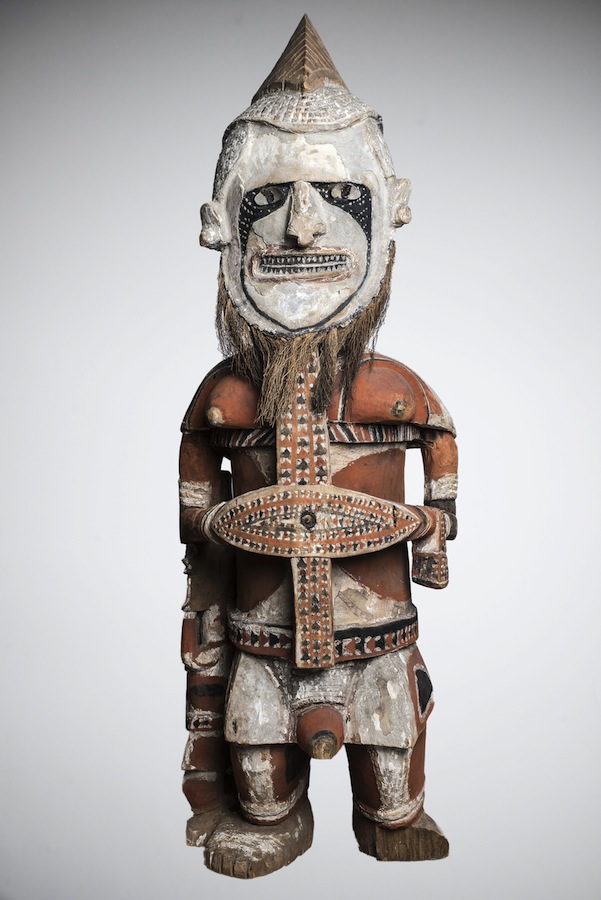
Figure, c. 1890–1920, Ulli, New Ireland, Papua New Guinea. Courtesy of Alain de Monbrison, PAD London 2015
In New York, meanwhile, the veteran London-based antiques fair organisers Anna and Brian Haughton have decided to go with the flow and officially change the name of their flagship October fair to the International Show (23–29 October); that’s what everyone called it anyway. With just 67 stands, this fair fills the imposing Park Avenue Armory with a surprising breadth and depth of material, from antiquities to modern design, but with its core firmly rooted in European period decorative arts.
A new exhibitor this year is Rosenberg & Co, which opened on the Upper East Side in March with Marianne Rosenberg at its helm, grand-daughter of the legendary French dealer Paul Rosenberg. His son Alexandre continued the business after the family fled to New York in 1940, founding the Art Dealers Association of America in 1962. The gallery shows the likes of the Czech cubist František Kupka, represented here by a 1932 gouache Étude de la série ‘Circulaires et rectilignes’.
As for the decorative arts, Christie’s New York is relaunching its sales series under the Living with Art banner, offering clients guidance on how to incorporate the art of the past with the contemporary. To that end, it starts on a high with a private collection from a home designed by Stephen Sills, who took a Calder sculpture as his starting point and added everything from 17th-century Roman furniture to André Arbus (7 October). Also bound to interest is the sale of more than 200 lots of English furniture and decorative arts, deaccessioned by the Metropolitan Museum of Art on 17 October in anticipation of the refurbishment of its Annie Laurie Aitken and Heathcote Galleries. Estimates $500–$100,000.
The latest satellite event to launch itself into the orbit of Sotheby’s Hong Kong’s major autumn season is Artcurial’s inaugural auction in the territory. Entitled From Paris to Hong Kong, the sale is staged in association with Spink at the British auctioneers’ Hollywood Road premises on 5–6 October. On offer is everything from a musical clock of around 1770 by James Cox (estimate HK$800,000–HK$1.5m), whose timepieces were much admired by the Qianlong emperor, to L’Implorante by Camille Claudel (a current Asian market darling; HK$1.3m–HK$1.8m), and a Mercedes-Benz 300 SL roadster (HK$10m–HK$15m). For the first time in its 13-year history, the boutique auction house has overtaken Christie’s to post the second highest annual results for 2014 in France, and despite the current dramatic losses in the Chinese stock market the firm remains confident.
Artcurial adds to Bonhams’ established sale series in Hong Kong and the antiques fair Fine Art Asia (4–7 October). As for Sotheby’s’ series, the sale most likely to appeal to Western tastes comprises some 20 works from the personal collection of Yoshihara Jiro (1905–72), who founded Japan’s avant-garde Gutai movement in 1954 and is perhaps best known for his Zero-redolent calligraphic monochrome circles. The white-on-black Work of 1971 is expected to fetch HK$1m–HK$2m on 5 October.
Click here to buy the October issue of Apollo
Unlimited access from just $16 every 3 months
Subscribe to get unlimited and exclusive access to the top art stories, interviews and exhibition reviews.

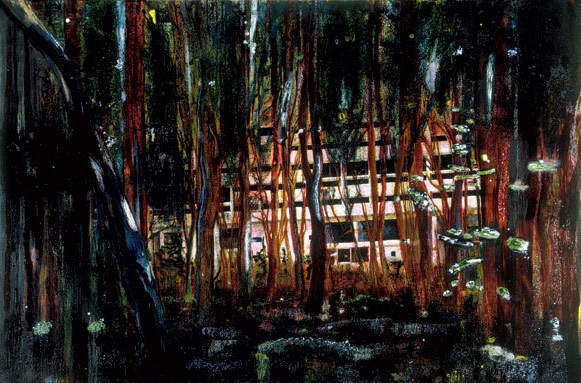
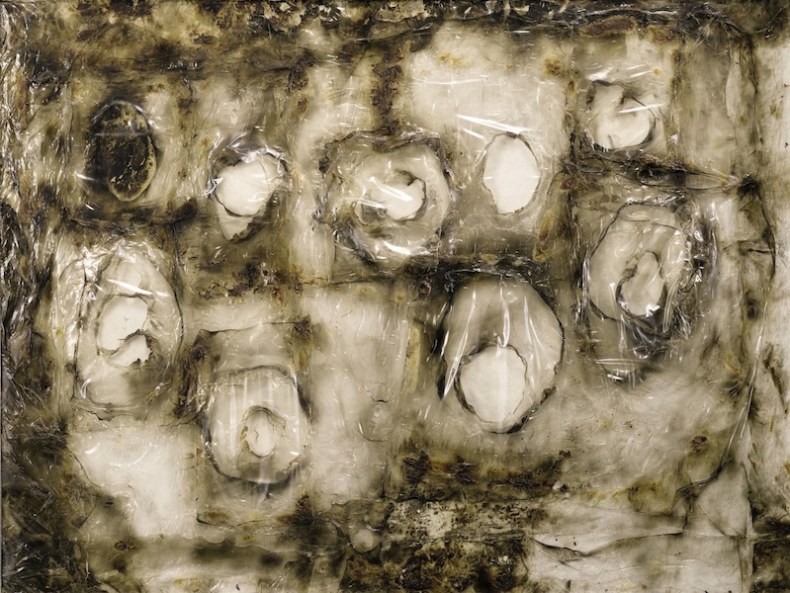
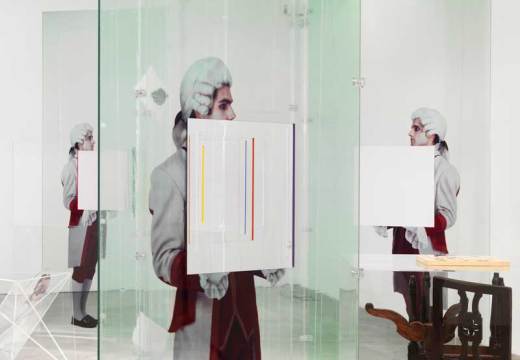
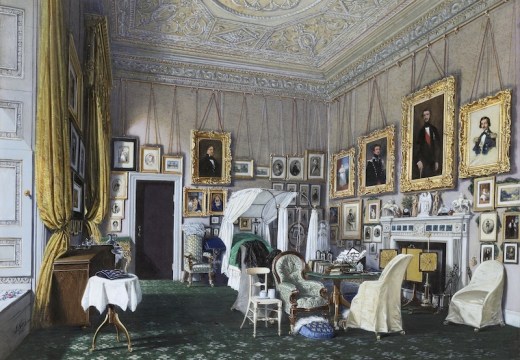
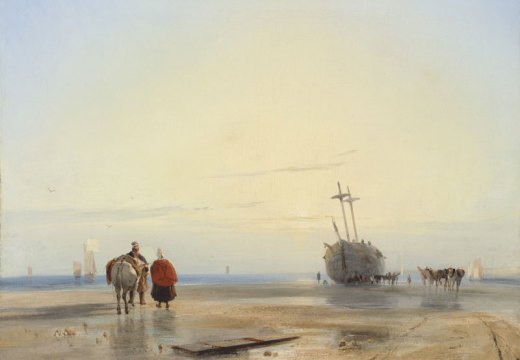









![Masterpiece [Re]discovery 2022. Photo: Ben Fisher Photography, courtesy of Masterpiece London](http://www.apollo-magazine.com/wp-content/uploads/2022/07/MPL2022_4263.jpg)
It’s time for the government of London to return to its rightful home